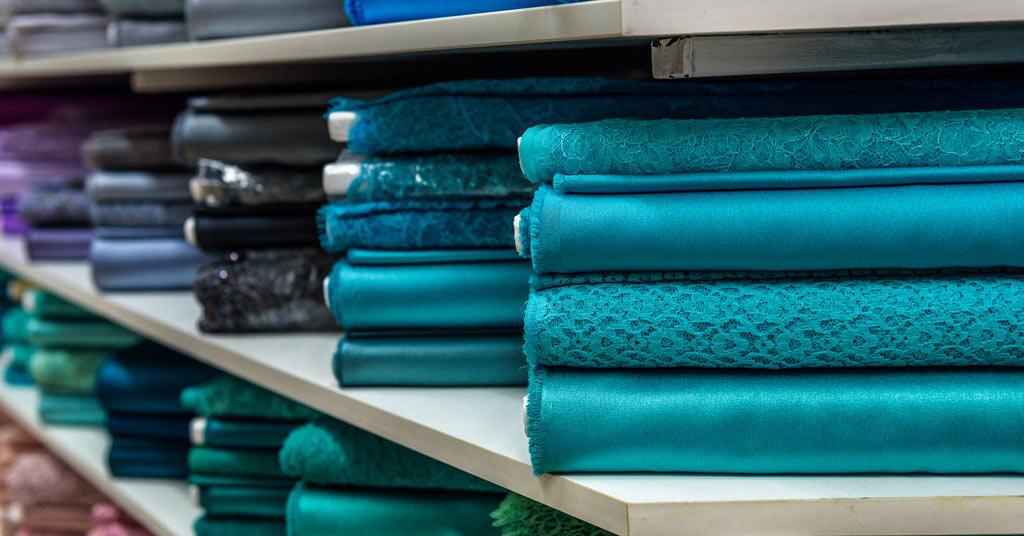
Most designers will agree that curtains can really make a room — but only if they’re chosen correctly.
Although you can make curtains from just about any fabric, your choice of material will influence how the curtains hang, how durable they are, how much light they let in or block out, and whether the curtains need to be lined.
So while colour, pattern and texture are major considerations when it comes to choosing curtain fabric, you should also base your decision on what you really need from your curtains.
Finding the right material
Before heading to the shops to choose curtain fabric, make sure you measure your windows carefully. Fabrics come in different lengths and widths, and buying fabric with the wrong dimensions can be a costly and frustrating mistake.
If you want curtains with typical pleating, multiply the length that each curtain must span by 2.25. For example, say a bedroom curtain must span a distance of 60 centimetres (half the length of the rail for a window that’s 120 centimetres wide). Multiplying this length by 2.25 gives a fabric width of 135 centimetres, not counting width required for a hem.
Fabrics are sold in different widths, so you may need to use multiple bolts of fabric in a single curtain – or base your choice of fabric on what’s available in the required width.
When it comes to choosing the type of fabric for curtains, bear these guidelines in mind:
- if the curtains are for a room that catches a lot of afternoon sunlight, go for cotton, polyester, linen, acrylic, or dynel fabrics, which won’t generally fade as quickly as other fabric types
- silk curtains are particularly prone to sun damage, so they should be avoided for sunny rooms; if you want the effect of silk, you can opt for a polyester fabric that resembles the real thing
- linen, faux-silk, or velvet are all ideal for ensuring that curtains hang well
- decorator fabrics generally have a higher thread count than clothing fabric, and so tend to be more durable
- a sheer fabric is suitable if you’d like to create a sense of privacy but don’t want to block out light or compromise your view
- if you’d like your curtains to block out light, go for a triple weave fabric; due to their weight, suede, velvet, tapestry, and tweed are all good for keeping the light out and the heat in.
- if you decide to go for curtains that use more than one fabric (as is common with pinch pleat curtains) then be sure to keep in mind that all fabrics are compatible when it comes to cleaning methods. A curtain that is dry cleanable while the backing is not, or visa versa, can make curtain cleaning problematic.
How to use texture, colour and pattern
Colour, texture, and pattern can immediately add interest and personality to a room, so don’t be afraid to use bold fabric. One caveat though – if the curtains are for a sunny room, it’s best to opt for neutral or muted tones because bright colours tend to fade faster.
If you’re unsure about which colours will work with your current colour scheme, pick a curtain fabric that is one tone to either side of the room’s wall colour. This will help the curtains blend in with the décor and make the room feel more spacious.
For the optimum effect, also follow these professional decorating tips:
- when choosing a pattern, make sure that you don’t overwhelm the space and that the pattern is off-set elsewhere in the room to create balance
- if you already have patterned wallpaper, carpets, bedding, or furniture, stick to solid colours for curtains
- to create the illusion of space, use vertical or horizontal stripes; fabric with vertical stripes will make the room look taller, while horizontal stripes will make the room appear wider
- texture can really impact the mood of a room – for a more formal atmosphere, choose silk, velvet, cotton sateen, or rayon blends, and for a more relaxed feel, go with linen, cotton, or wool
- you can create the illusion of texture by going for a very small pattern or print.



